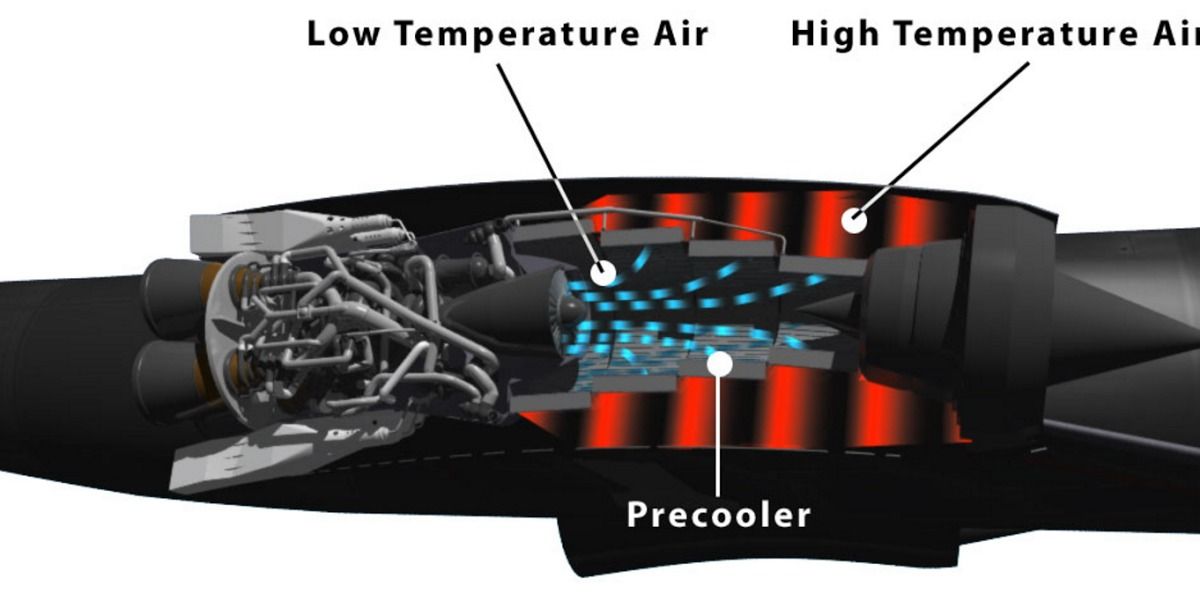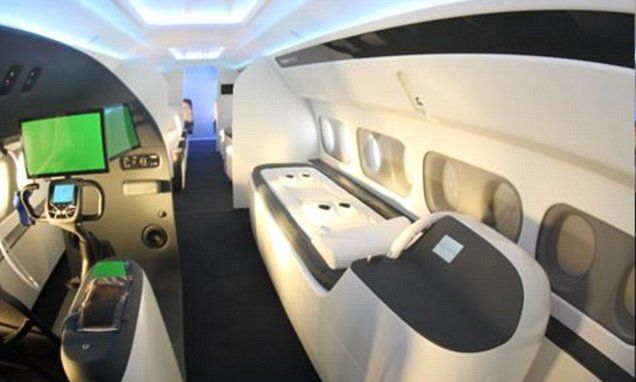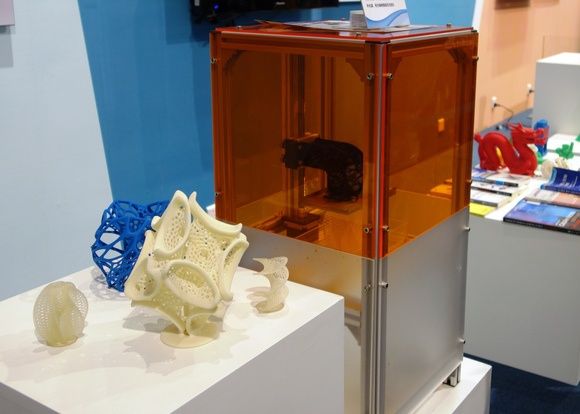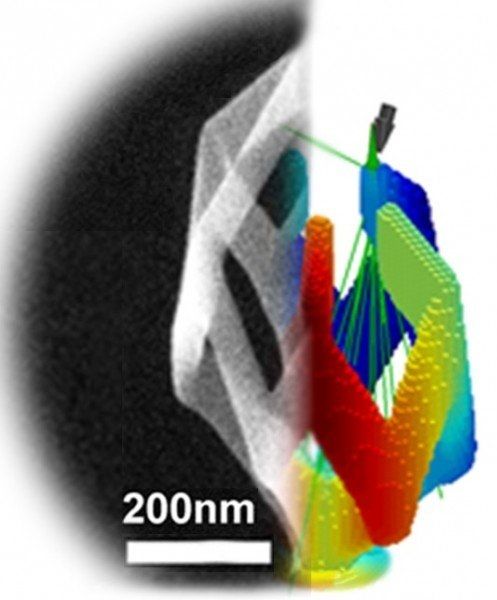Archive for the ‘transportation’ category: Page 554
Jul 15, 2016
The Rolls-Royce Phantom Now Has More Than 10,000 3D Printed Parts, BMW Looks to Expand Use Across Entire Line of Cars
Posted by Karen Hurst in categories: 3D printing, transportation
With more than 25 years of using 3D printing technology, there probably isn’t a global automotive manufacturer that has pushed the limits of using additive manufacturing applications than the BMW Group. For most of the quarter-century that they have been using 3D printing, it was primarily used in the production of prototypes or one-off custom parts. However BMW began using 3D printing technology to produce end-use parts in series production back in 2012 with their new Rolls-Royce Phantom. Over the next several years, more than 10,000 3D printed components would end up being used to manufacture each Phantom coupe that came off the assembly line. The switch from traditionally manufactured parts to 3D printed parts was so successful that BMW began incorporating them into the new Rolls-Royce Dawn this year.
Jul 14, 2016
Russia’s hyperloop dream is undone
Posted by Karen Hurst in categories: business, economics, Elon Musk, finance, transportation
Sad for Russia.
President Vladimir Putin and other Russian officials dream of a technological leap that could immediately close the gap between Russia and more advanced economies, as Sputnik did for the Soviet Union. The hyperloop, a kind of train in a tube that can reach speeds of up to 700 mph, fits that dream, and a well-connected Russian businessman has invested in it — only to see the project become embroiled in a lawsuit involving a Silicon Valley startup’s founders and claims of financial mismanagement.
Elon Musk, Tesla’s chief executive, proposed the hyperloop four years ago. This “fifth mode of transport” would involve a system of practically airless tubes through which magnetically levitated pods could carry passengers and cargo. Musk has not set up a company to bring the project to reality, but others have. For example, Hyperloop Transportation Technologies, wants to build a system in Slovakia. Another, Hyperloop One, offered a public demonstration of some elements of its technology in May.
Jul 13, 2016
ON Semiconductor – New 8MP device has improved near-infrared sensitivity for imaging and intelligent transportation systems
Posted by Karen Hurst in categories: biotech/medical, transportation
ON Semiconductor’s new 8 megapixel (MP) KAI-08052 image sensor enhances imaging performance in demanding industrial applications with technology that improves the near-infrared sensitivity of CCD image sensors.
The image sensor provides up to twice the sensitivity in near-infrared wavelengths as the company’s standard Interline Transfer CCD pixel design. This enhanced sensitivity can be critical in applications such as scientific and medical imaging, where samples emit or fluoresce in NIR wavelengths; or in machine vision and intelligent transportation systems (ITS), where NIR illumination is often used to better examine an object or to isolate a vehicle’s license plate.
The new CCD pixel design used extends the electron capture region deeper in the silicon to better capture electrons generated by long wavelength photons. This deeper pixel well improves detection of NIR wavelengths by up to a factor of two depending on the specific wavelength studied.
Jul 13, 2016
Meet the Russian luxury hi-tech jet designed for sports teams
Posted by Karen Hurst in categories: health, transportation
Elite athletes need never miss an opportunity to train again, even when they’re 40,000 feet above the ground.
A new luxury private plane for sports teams aims to keep athletes in top shape while travelling to and from events, thanks to on-board training facilities including exercise bikes and massage tables.
Russian luxury jet firm Sukhoi unveiled its concept SportJet at the Farnborough International Airshow in Hampshire this week.
Continue reading “Meet the Russian luxury hi-tech jet designed for sports teams” »
Jul 13, 2016
Reaction Engines secures €10 million funding to enable development of SABRE demonstrator engine
Posted by Klaus Baldauf in categories: energy, space, transportation

Reaction Engines Ltd. announces today the signing of a €10m Development Contract with the European Space Agency, finalizing the UK Government’s £60m commitment.
Reaction Engines Ltd., today announces the signing of a €10m European Space Agency (ESA) contract which will enable the development of a ground based demonstrator of SABRE, a new class of aerospace engine which is highly scalable with multiple potential applications in hypersonic travel and space access.
Jul 12, 2016
Hacked 3D printers could commit industrial sabotage
Posted by Karen Hurst in categories: 3D printing, food, transportation
3D printers can churn out toys, clothing and even food. But the technology also shows potential for use in industrial sabotage, researchers warn.
Imagine a car maker using 3D printers to manufacture components, only to have the parts contain defects that are undetectable until it’s too late.
A hacker with access to the 3D printers could make that happen, a team of researchers wrote in a recent paper. This could result in a “devastating impact” for users and lead to product recalls and lawsuits, said New York University professor Nikhil Gupta, the lead author of the paper.
Continue reading “Hacked 3D printers could commit industrial sabotage” »
Jul 12, 2016
PARC Develops Vanishing Autonomous Air Vehicles through Funds from DARPA
Posted by Karen Hurst in categories: robotics/AI, transportation
PARC is a Xerox company that has received funds from the Defense Advanced Research Projects Agency (DARPA) through its Inbound, Controlled, Air-Releasable, Unrecoverable Systems (ICARUS) program.
The ICARUS program aims at creating a prototype air vehicle that has the potential to deliver small payloads in an autonomous manner to targeted locations and then disappears after the task it completed. PARC in cooperation with AeroVironment Inc. plans to produce particular materials and the air delivery system that can be made to disappear through a project within ICARUS that is referred to as On-Target Delivery and Disintegration Upon Stress-release Trigger (ONLY-DUST).
The project focuses on producing complex structures that are majorly firm during flight and storage, and at the same time permits reliable on-demand transience. It is possible to potentially scale up the DoD applications of the demonstration system because of its association with AeroVironment Inc., a leading company in unmanned, small aerial vehicles.
Jul 12, 2016
Additive manufacturing techniques featuring atomic precision could one day create materials with Legos flexibility and Terminator toughness
Posted by Karen Hurst in categories: chemistry, particle physics, transportation
Great work by my friends at ORNL.
In a review paper published in ACS Nano, Olga Ovchinnikova and colleagues provide an overview of existing paths to 3D materials, but the ultimate goal is to create and customize material at the atomic scale. Material would be assembled atom by atom, much like children can use Legos to build a car or castle brick by brick. This concept, known as directed matter, could lead to virtually perfect materials and products because many limitations of conventional manufacturing techniques would be eliminated.
“Being able to assemble matter atom by atom in 3D will enable us to design materials that are stronger and lighter, more robust in extreme environments and provide economical solutions for energy, chemistry and informatics,” Ovchinnikova said.
Jul 12, 2016
A New Design Strategy for Better Lithium Oxygen Batteries
Posted by Karen Hurst in categories: chemistry, computing, transportation
Yale researchers have devised a method that brings marketable Li-O2 batteries closer to reality, improving both the batteries’ performance and the ability to study them.
In recent years, lithium-oxygen batteries have intrigued researchers with their potential. They can store at least two to three times the energy as lithium-ion batteries can, which are the current standard for consumer electronics, so laptops could theoretically run longer on a single charge and electric cars would drive farther.
But they’re not quite there yet. For now, Li-O2 batteries operate sluggishly and have short lives. Compounding matters, it’s hard to get a sense of how to fix that because figuring out the exact nature of their chemistry has proved tricky.
Continue reading “A New Design Strategy for Better Lithium Oxygen Batteries” »














